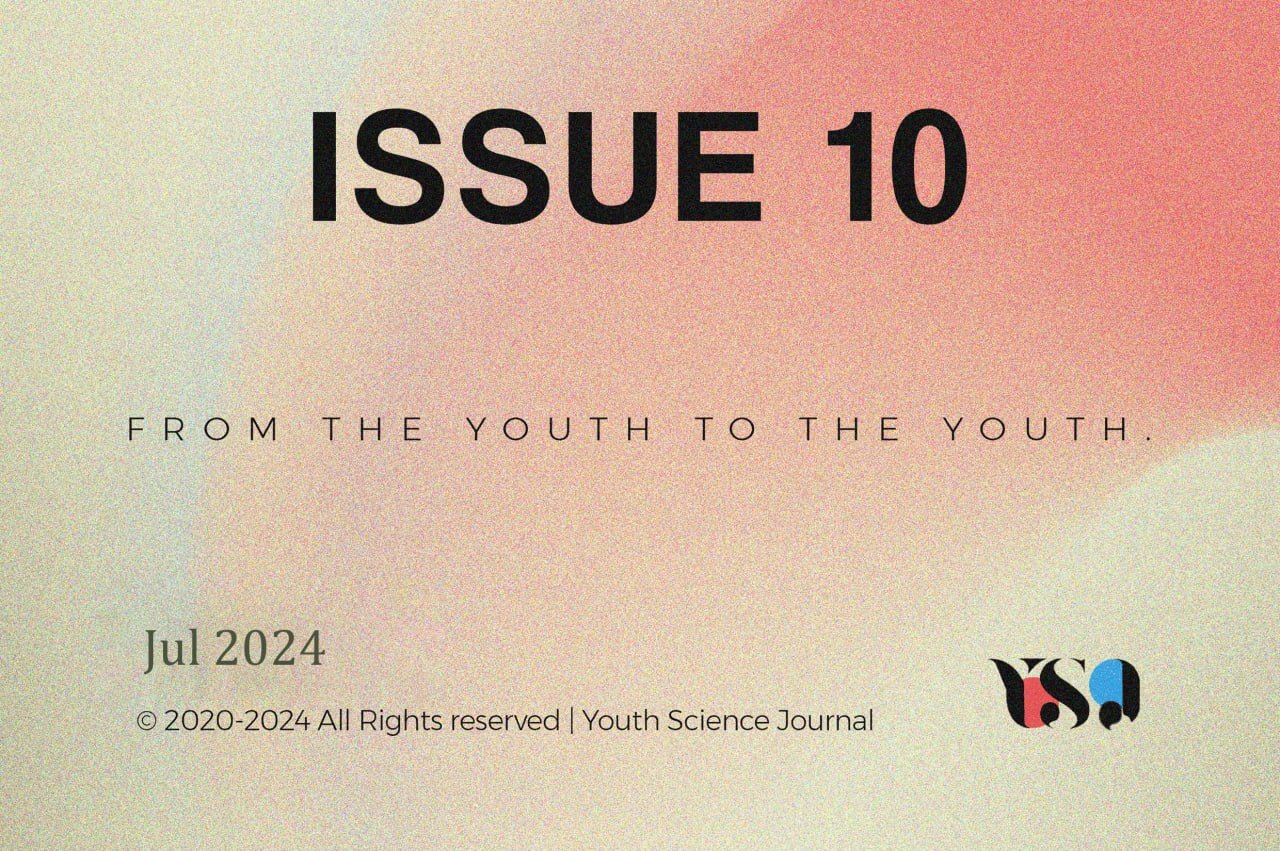Abstract
Although neutron stars are one of the most fascinating objects in the universe, they each have their own special characteristics, such as their magnetic field, deformation rate, and rotating speed. The lifetime of neutron stars that end up in black holes is facing insufficient focus in research and exploration. There is not enough data on this phenomenon, whereas studying this phenomenon opens doors in space exploration and research in this field. The objective of this research is to help scientists, astronomers, and space agencies be able to classify and detect these phenomena in space, improve their understanding of them, and make their space journeys more efficient and easier. This research will make a huge contribution to the understanding of this phenomenon, in addition to collecting more data on it that could turn space exploration into its highest state. A proposed supervised machine learning model (ML) was implemented based on a decision tree to solve multiple equations derived from popular theories, such as the equation of state of neutron-rich and dense matter and the Tolman-Oppenheimer-Volkoff limit. To classify the evolution of neutron stars in binary systems, whether they are about to collapse into black holes or not. Decisions would be based on the mass of the neutron star, and since the data gathered had fewer than clear results, the accuracy of the model was 100%, knowing that when having more sufficient data and following the methodology presented here, the accuracy would differ.

